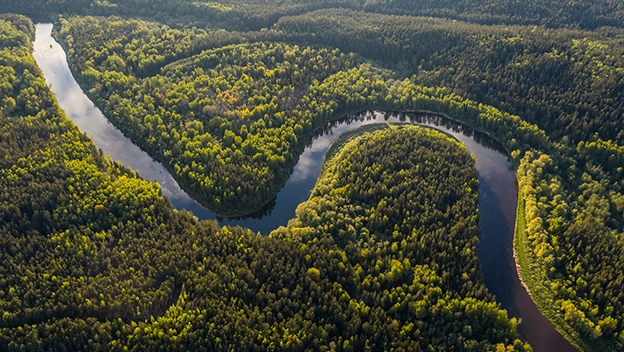Deciding on the best time to visit Peru is more challenging than choosing between the rainy and dry seasons, and this is because the country's famed diversity extends to even its climate. Peru is divided into three geological areas with distinct climates—these areas experience different weathers, patterns, and seasons. As a result, there is no general answer for the best time to plan a trip to Peru, as it may vary based on the region you plan to visit and the activities you want to engage in. So, let’s break down the climate zones and what each season has to offer!

Photo credit: Alan Rojo Pinedo
Coastal Region
Peru's coastal region, also called "Costa," is situated between the Pacific Ocean and the Andean mountains. It consists mainly of arid areas decorated with sandy or jagged shores and inland valleys and is characterised by mild temperatures and little rainfalls. The coastal region is divided into two sub-regions—northern and southern coasts. Cities such as Lima in the southern region are often warm and humid in summer and cooler in winter. In contrast, cities including Trujillo in the northern part are typically warm all year and experience light showers in the rainy season.
December to April (Summer): If your itinerary includes exploring, beach activities, and witnessing cultural events and festivals, then summer is for you. The months are warm and comfortable, typically experiencing temperatures from the mid-60s to mid-80s Fahrenheit (18-30°C). However, there is usually a lot of crowd during these months because of the favourable weather.
May to November (Winter): If you plan to indulge in sampling as many regional cuisines as possible, visiting historical centres, and sightseeing in general, winter is a great time. However, there is a tendency to experience a foggy atmosphere which may affect visibility and outdoor activities. So, the pros of visiting in winter are cooler temperatures and fewer crowds.

Photo credit: Alan Hurt Jr
Andean Region
The Andean region, or "Sierra," is part of South America's larger Andes mountain system. It comprises the striking Andes mountain range that runs through Peru's centre and features jagged mountains, deep canyons, and rich indigenous cultures. Depending on your altitude, you can experience vastly varying temperatures in this region. In high-altitude areas, typically above 3,000 m (98,000 ft), like Cusco, you witness a cold and dry climate to the point where it's freezing at night. In the intermediate area, about 1,500 to 3,000 m (4,900 to 9,800 ft), which includes regions like the Sacred Valley, you'll experience a warmer climate, and in the lower regions below 1,500 m (4,900 ft).
May to September (Dry Season): The dry season in the Andean region is when many tourists troop in courtesy of the clear skies and lovely weather. The days are usually sunny, with highs ranging from 18-24°C (64-75°F). You may, however, experience chilly nights, especially in high-altitude areas. This season is best for exploring famous historic sites like the great Machu Picchu, hiking the Inca Trail and other fascinating trekking routes, and witnessing a major cultural event celebrated in June—the Inti Raymi festival in Cusco.
April and October (Shoulder Season): A shoulder season in the Andean region is the season between the dry and rainy seasons, and you may experience little rain and random cloudy days. This season is a middle ground between the seasons regarding the weather, fares, and crowds.
November to March (Rainy Season): This season has cloudy conditions and a higher chance of rainfall, with temperatures ranging from 12-18°C (54-64°F). While you may not get too comfortable indulging in trekking and exploring sites, you may enjoy cultural activities and see the gorgeous landscapes from a different perspective. Also, the fares are typically the lowest this season, with fewer crowds.

Photo credit: Ivars Utinans
Amazon Region
May to October (Dry Season): The dry season is typically considered the best season to explore the Amazon as the rain becomes infrequent and the weather is less humid. During the daytime, the temperatures range from 24-35°C (75-95°F), but the nights are much cooler. You can enjoy several activities, including birdwatching, hiking, river excursions, and wildlife spotting.
November to April (Rainy Season): This season comes with heavy downpours and high humidity, with the daytime temperatures ranging from the mid-70s to mid-80s Fahrenheit 24-30°C (75-86°F). While trekking and hiking may not be great this season, you can discover unique aquatic wildlife by exploring flooded areas, observing amphibians, appreciating lush landscapes, and savouring authentic cultural experiences.
Understanding the various climate zones and the activities most enjoyable in certain seasons can help you decide on the best time to visit Peru. This information may be the difference between having the time of your life and saying, "Never again."










